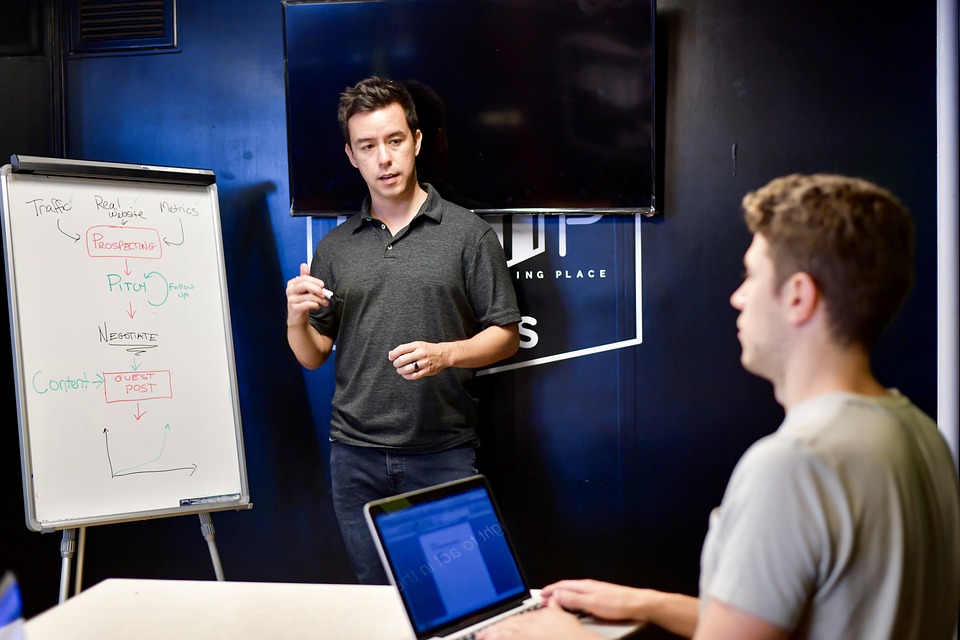Mastering the Art of Dynamic Web Development: A Comprehensive Guide
In today’s digital age, the demand for dynamic web development is continuously rising. Dynamic websites offer an interactive and engaging user experience, making them a preferred choice for businesses and individuals alike. If you are looking to enhance your web development skills and master the art of creating dynamic websites, this comprehensive guide is here to help you.
Understanding Dynamic Web Development:
Dynamic web development involves creating websites that can change and adapt based on user interactions, database updates, and real-time data. Unlike static websites that display the same content to every user, dynamic websites can deliver personalized experiences and provide dynamic content.
To master dynamic web development, you need to have a strong foundation in web technologies like HTML, CSS, and JavaScript. Additionally, knowledge of server-side programming languages such as PHP, Python, or Ruby will be essential. Understanding databases, APIs, and frameworks like React or Angular will also play a crucial role in your journey to becoming a dynamic web developer.
Mastering HTML, CSS, and JavaScript:
HTML (Hypertext Markup Language), CSS (Cascading Style Sheets), and JavaScript form the building blocks of web development. HTML provides the structure and content of a web page, CSS handles the presentation and styling, while JavaScript adds interactivity and dynamic behavior.
To master these front-end technologies, it is important to practice regularly and stay updated with the latest standards and best practices. Online resources, tutorials, and coding exercises can help you strengthen your skills in HTML, CSS, and JavaScript. Understanding responsive design, accessibility, and cross-browser compatibility will also contribute to your expertise in dynamic web development.
Server-side Programming:
Server-side programming is the backbone of dynamic web development. It allows you to create web applications and handle dynamic content generation. Popular server-side programming languages like PHP, Python, and Ruby provide the necessary tools and frameworks to build robust and scalable web applications.
To master server-side programming, you should start by learning the syntax, data structures, and control flow of your chosen language. Understanding how to work with databases, handle user input, and implement security measures are also crucial skills. Practicing by building small web applications and exploring frameworks like Laravel, Django, or Ruby on Rails will further enhance your abilities.
Working with Databases:
Databases play a vital role in dynamic web development as they store and retrieve data. Understanding database management systems like MySQL, PostgreSQL, or MongoDB is essential for creating dynamic websites that can handle large amounts of information.
To master working with databases, start by learning SQL (Structured Query Language), which is used to communicate with databases. Understanding concepts like table relationships, normalization, and indexing will help you design efficient and optimized databases. Additionally, learning about NoSQL databases and how to interact with them using frameworks like Mongoose or Firebase can further expand your capabilities.
API Integration:
APIs (Application Programming Interfaces) allow different software systems to communicate and share data. Integrating APIs into your web applications can provide real-time data updates, access to external services, and enhance functionality.
To master API integration, you should first understand the basics of RESTful APIs and how to make HTTP requests. Learning about authentication methods, handling API responses, and error handling are also important. Exploring popular APIs like Google Maps, Twitter, or PayPal can provide practical experience in integrating APIs into your dynamic web applications.
Frameworks and Libraries:
Frameworks and libraries can significantly speed up the development process and provide ready-made solutions for common web development tasks. Familiarizing yourself with popular frameworks and libraries can make your dynamic web development journey more efficient and productive.
Front-end frameworks like React, Angular, or Vue.js offer a component-based approach to building user interfaces. Back-end frameworks like Laravel, Django, or Ruby on Rails provide a structured and organized way to develop server-side applications. Learning how to work with these frameworks and libraries will give you a competitive edge in dynamic web development.
Continuous Learning and Industry Trends:
The field of dynamic web development is continuously evolving, with new technologies and trends emerging regularly. To stay ahead and master the art of dynamic web development, it is crucial to embrace continuous learning.
Stay updated with the latest web development news, follow blogs and forums, and be an active participant in the web development community. Experiment with new technologies and frameworks, and constantly challenge yourself to improve your skills. By staying curious and adaptable, you will be well-equipped to tackle the ever-changing landscape of dynamic web development.
In conclusion, mastering the art of dynamic web development requires a solid understanding of front-end technologies, server-side programming, databases, API integration, and frameworks. By continuously learning and honing your skills, you can become a proficient dynamic web developer capable of creating interactive and engaging websites. So, start your journey today and unlock the endless possibilities of dynamic web development.





